Easter Celebration 2024
As Easter approaches, the joyous celebration of new life, hope, and renewal is juxtaposed against the backdrop of ongoing conflict in Ukraine. Yet despite the solemn realities of war, many still find comfort and fortitude in the timeless traditions and spiritual significance of Easter. It serves as a reminder of the enduring power of faith and the resilience of the Ukrainian people in the face of adversity. Hopefully, it will also magnify your own Easter celebration.
The Orthodox Easter is celebrated on May 5th in Ukraine this year; more than a month apart from our March 31st Gregorian calendar celebration. For Christians everywhere, Easter marks the resurrection of Jesus Christ and signifies the triumph of hope over despair, light over darkness, and life over death. It's a time when families gather, communities of faith come together, and hearts are lifted in praise.
For many, Easter is not just a religious holiday but a cultural one as well, marked by colorful customs and cherished rituals. From decorating eggs to preparing time-honored feasts, these customs provide a sense of continuity and connection, bridging the past with the present and offering comfort in uncertain times.
Hand-painted Easter eggs hold particular meaning in Christian symbolism. They represent the resurrection of Christ and are often adorned with traditional designs, each carrying their own significance. Triangles, for example, characterize the Holy Trinity.
Across various regions of Ukraine, Easter eggs are decorated in distinct preferences, reflecting local customs and beliefs. For instance, in Western Ukraine, an intricate style of decoration is known as pysanky. Some more complex pysanky designs portray chicks that symbolize fertility and deer that symbolize strength and prosperity. During the period of Soviet rule, from World War II until 1991, the practice of creating pysanky was not widely observed in Ukraine. However, following Ukraine's newly-found independence, as Ukrainians embrace and reclaim their heritage, there has been a revival of this beautiful ancient art tradition. Beholding these special eggs is to experience exquisite beauty, a much needed uplift during these disturbing times.
Another tradition of this holy season in Ukraine is Easter bread or paska, as it is known. Paska is a cheesecake-like bread with a distinct texture and flavor. Before baking, the dough is shaped into a pyramid or cone, representing the tomb of Christ, and then decorated with either a cross, or the letters “XB”, meaning Christ is Risen, or various floral shapes. Paska has a deep cultural and religious significance and is often served as part of the Easter feast.
Music Mission Kiev (MMK) is committed to aiding those in need, through compassionate love, kindness, and generosity. At least, eight hundred loaves of paska will be purchased and distributed by MMK staff this Easter. MMK’s widows, pensioners and orphans are always so grateful for the bread and look forward to this delectable treat each year.
While the conflict in Ukraine casts a shadow over this year's Easter celebrations, it also serves as a sign of urgent need for peace and reconciliation. Easter reminds us to hold onto hope, to cherish our loved ones, and to strive for peace and justice in our world towards a brighter future for all. As we celebrate this sacred holiday, let us not forget those who continue to endure hardship and suffering, and let us recommit ourselves to building a world where all can live in dignity and peace.
He is Risen! He is Risen! He is Risen, indeed! Hallelujah!


